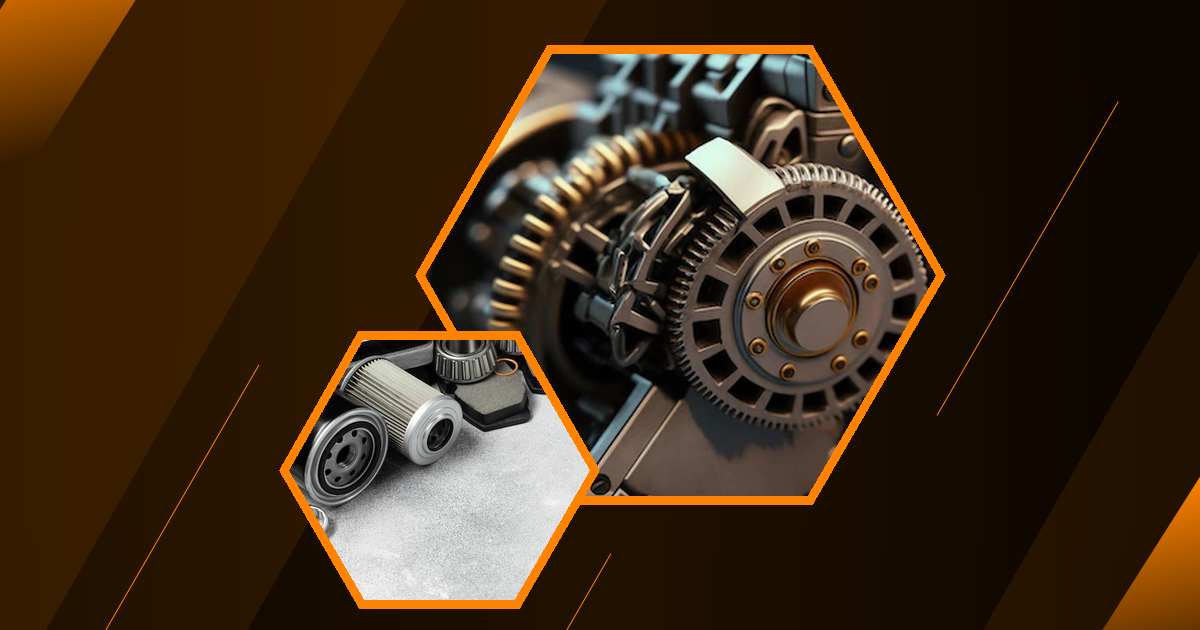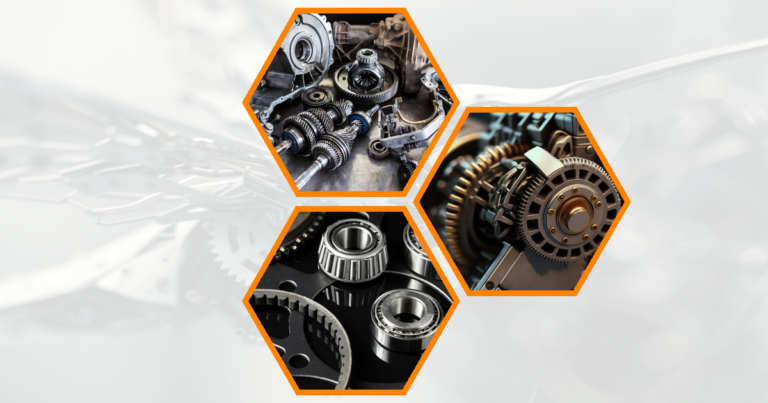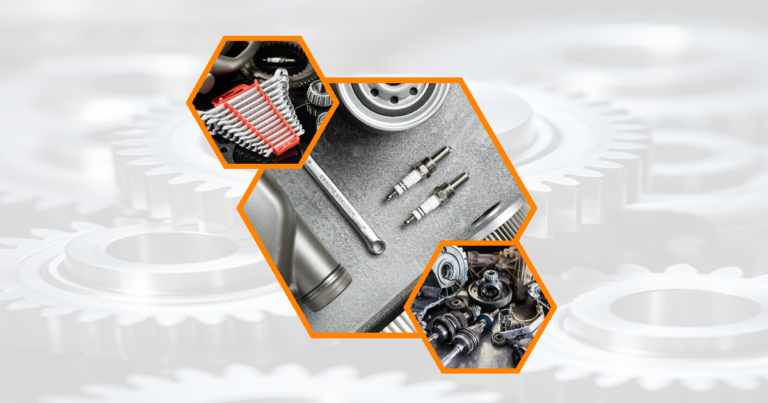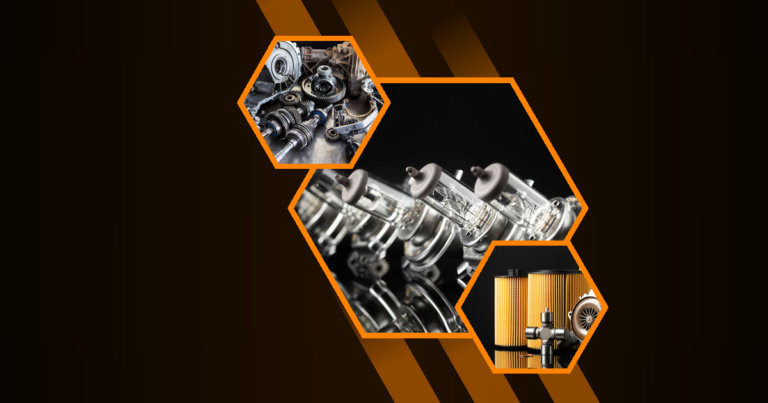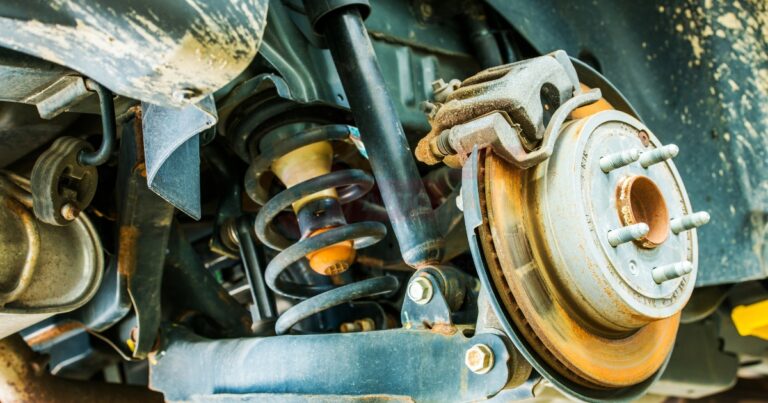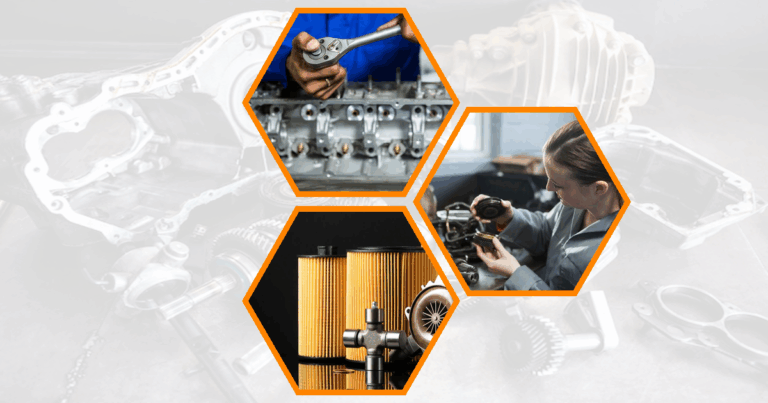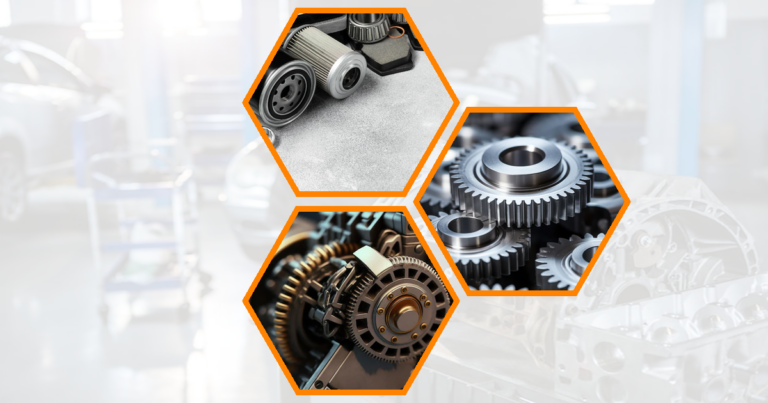What Is a Transmission in a Car?
A transmission is a crucial component that transfers power from the engine to the wheels, allowing the car to move efficiently. It regulates speed and torque, ensuring smooth acceleration and fuel efficiency.
Without a transmission, the engine would either spin too fast or too slow, making driving impossible. The transmission adjusts gear ratios to match the vehicle’s speed, preventing engine damage and enhancing performance.
What Does a Transmission Do?
The transmission controls how power from the engine is distributed to the wheels. It ensures that the car accelerates smoothly, maintains fuel efficiency, and operates without stalling.
Whether manual or automatic, the transmission enables seamless gear shifts, keeping the car at the right speed with minimal effort from the driver.
Without a transmission, the engine would spin too fast or too slow, making driving impossible. The transmission adjusts power output based on driving conditions, ensuring optimal performance and fuel efficiency.
How Does a Transmission Work?
A transmission functions by adjusting gear ratios to control speed and torque output. It uses gears, clutches, or hydraulic systems to ensure smooth transitions between different driving conditions.
In a manual transmission , the driver shifts gears manually using a clutch. In an automatic transmission , the system selects gears automatically based on speed and engine load.
Basic components of a transmission
A transmission consists of several key components, including gears, shafts, and a clutch or torque converter. These components work together to manage the power flow from the engine to the wheels, ensuring smooth and efficient vehicle operation.
- Gears : Different sizes to adjust speed and torque.
- Shafts : Connect gears and transfer power.
- Clutch/Torque Converter : Engages and disengages the engine from the transmission.
Types of Transmissions in Cars
Modern vehicles use different types of transmissions, each designed for specific driving preferences. The four most common are:
- Manual Transmission
- Automatic Transmission
- Continuously Variable Transmission (CVT)
- Dual-Clutch Transmission (DCT)
Each type has unique mechanics, benefits, and performance characteristics.
What Is a Manual Transmission?
A manual transmission requires the driver to shift gears using a clutch pedal and gear stick. It offers full control over speed and power, making it a preferred choice for performance enthusiasts.
When the clutch pedal is pressed, the connection between the engine and wheels is temporarily broken. This allows the driver to change gears manually, controlling torque output efficiently.
How Does a Manual Transmission Work?
A manual transmission works through a system of gears and synchronizers. The driver selects a gear, engages the clutch, and transfers power to the wheels.
Since manual transmissions lack complex hydraulic systems, they are generally more durable and require less maintenance than automatic transmissions.
What Is an Automatic Transmission?
An automatic transmission shifts gears automatically, eliminating the need for a clutch pedal. It provides a smoother and more effortless driving experience, especially in heavy traffic.
Sensors and hydraulic systems determine the ideal gear ratio based on speed, throttle input, and road conditions.
How Does an Automatic Transmission Work?
An automatic transmission relies on a torque converter instead of a clutch. The torque converter transmits power from the engine to the transmission, allowing seamless gear changes without driver intervention.
Hydraulic fluid pressure and planetary gear sets work together to adjust gear ratios dynamically, optimizing performance and fuel economy.
What Is a CVT (Continuously Variable Transmission)?
A Continuously Variable Transmission (CVT) is a type of automatic transmission that does not use traditional gears. Instead, it employs a belt and pulley system to provide an infinite range of gear ratios.
CVTs are commonly found in hybrid and fuel-efficient vehicles because they ensure smooth acceleration and optimal fuel economy.
How Does a CVT Work?
Unlike traditional transmissions, CVTs maintain the engine at its most efficient RPM. By adjusting the pulleys, the CVT provides a seamless driving experience without noticeable gear shifts.
Since there are no fixed gears, CVTs offer better fuel efficiency than conventional automatic transmissions.
What Is a Dual-Clutch Transmission (DCT)?
A Dual-Clutch Transmission (DCT) is an advanced type of automatic transmission that uses two separate clutches—one for odd gears and another for even gears. This enables lightning-fast gear shifts with minimal power loss.
DCTs are commonly used in high-performance and sports cars because they combine the efficiency of a manual transmission with the convenience of an automatic.
How Does a DCT Work?
A DCT pre-selects the next gear while the current gear is still engaged , ensuring ultra-fast transitions between gears.
The system alternates between two clutches, eliminating lag and enhancing acceleration. This makes DCTs ideal for drivers who want a sporty driving feel with smooth gear shifts.
Which Transmission Type Is Best for Your Driving Style?
Each transmission type suits different driving preferences:
- Manual Transmission – Best for those who prefer complete control and engaging driving.
- Automatic Transmission – Ideal for daily commuting and convenience.
- CVT – Preferred for fuel efficiency and smooth acceleration.
- DCT – Perfect for high-performance vehicles and quick gear shifts.
Common Transmission Problems and Their Causes
Even the best transmissions can develop problems over time. Some of the most common issues include:
- Slipping Gears – Caused by worn-out clutch plates or low transmission fluid.
- Rough Shifting – Often due to faulty sensors or fluid contamination.
- Delayed Gear Engagement – May indicate fluid leaks or solenoid failure.
Regular maintenance can prevent costly repairs and extend transmission life.
How to Maintain Your Car’s Transmission for Longevity?
Proper maintenance ensures a transmission lasts longer and performs better. Follow these tips:
- Check Transmission Fluid Regularly – Dirty or low fluid can cause overheating.
- Avoid Aggressive Driving – Sudden acceleration and braking strain the transmission.
- Follow Recommended Service Intervals – Regular fluid changes prevent damage.
Can You Drive With a Bad Transmission?
Driving with a failing transmission is risky and can cause severe damage. If you notice slipping gears, rough shifts, or strange noises, stop driving and seek repairs immediately. Crankshaft camshaft differentiation A crankshaft turns the up-and-down motion of pistons into spinning motion while a camshaft controls the opening and closing of engine valves Automotive camshaft mechanism The
Suspension damping components help control how a vehicle bounces and moves over bumps They make your ride smoother by absorbing shocks from the road Disc brake pads are special parts that help stop your bike or car by pressing against a spinning metal disc when you use the brakes
Automotive oil varieties Different types of oil for cars and trucks help keep engines running smoothly Some automotive oil varieties are made for specific vehicles or driving conditions
How Much Does It Cost to Repair or Replace a Transmission?
Transmission repair costs vary depending on the type and severity of the issue.
- Minor Repairs – $150 to $400
- Fluid Change and Filter Replacement – $100 to $250
- Complete Rebuild or Replacement – $1,500 to $5,000+
Manual transmissions are usually cheaper to fix than automatic or CVT systems.
FAQs
What happens if transmission fluid is low?
Low transmission fluid can cause overheating, gear slipping, and poor performance. If left unchecked, it can lead to transmission failure.
Is a manual transmission more reliable than an automatic?
Yes, manual transmissions are typically more durable and have fewer components that can fail, making them more reliable over time.
Can you switch from automatic to manual transmission?
Yes, but it requires significant modifications, including a new clutch system and pedal assembly, making it an expensive process.
What are the signs of a failing transmission?
Signs of a failing transmission include unusual noises, slipping gears, and delayed or rough shifting. If you notice any of these symptoms, it’s essential to have your transmission inspected by a professional to prevent further damage.
How often should transmission fluid be changed?
Transmission fluid should typically be changed every 30,000 to 60,000 miles, depending on the vehicle and driving conditions. Regular fluid changes help maintain transmission performance and prevent costly repairs.
Which type of transmission is most fuel-efficient?
Continuously variable transmissions (CVTs) are generally the most fuel-efficient due to their ability to maintain optimal engine performance. They provide seamless acceleration and adjust to driving conditions for improved fuel economy.
How long does a transmission typically last?
A well-maintained transmission can last between 100,000 to 200,000 miles, depending on the type and driving conditions. Regular maintenance and fluid changes are essential to prolonging the life of a transmission.
What’s the difference between AWD and 4WD transmissions?
AWD (All-Wheel Drive) and 4WD (Four-Wheel Drive) systems differ in how they distribute power to the wheels. AWD provides power to all wheels continuously, while 4WD can be engaged or disengaged as needed for off-road or challenging conditions.
Are manual transmissions becoming obsolete?
Manual transmissions are becoming less common as automatic and CVT systems improve in efficiency and convenience. However, they remain popular among driving enthusiasts who value control and engagement.
How do transmissions in electric cars differ from traditional ones?
Transmissions in electric cars are typically simpler, with fewer gears or even a single-speed design. This simplicity reduces maintenance and improves efficiency, as electric motors provide instant torque without the need for complex gear systems.
What’s the most expensive part to replace in a transmission?
The most expensive part to replace in a transmission is often the entire transmission assembly itself. This can be costly due to the complexity and labor involved in removing and installing the new unit. Regular maintenance can help prevent the need for such extensive repairs.
